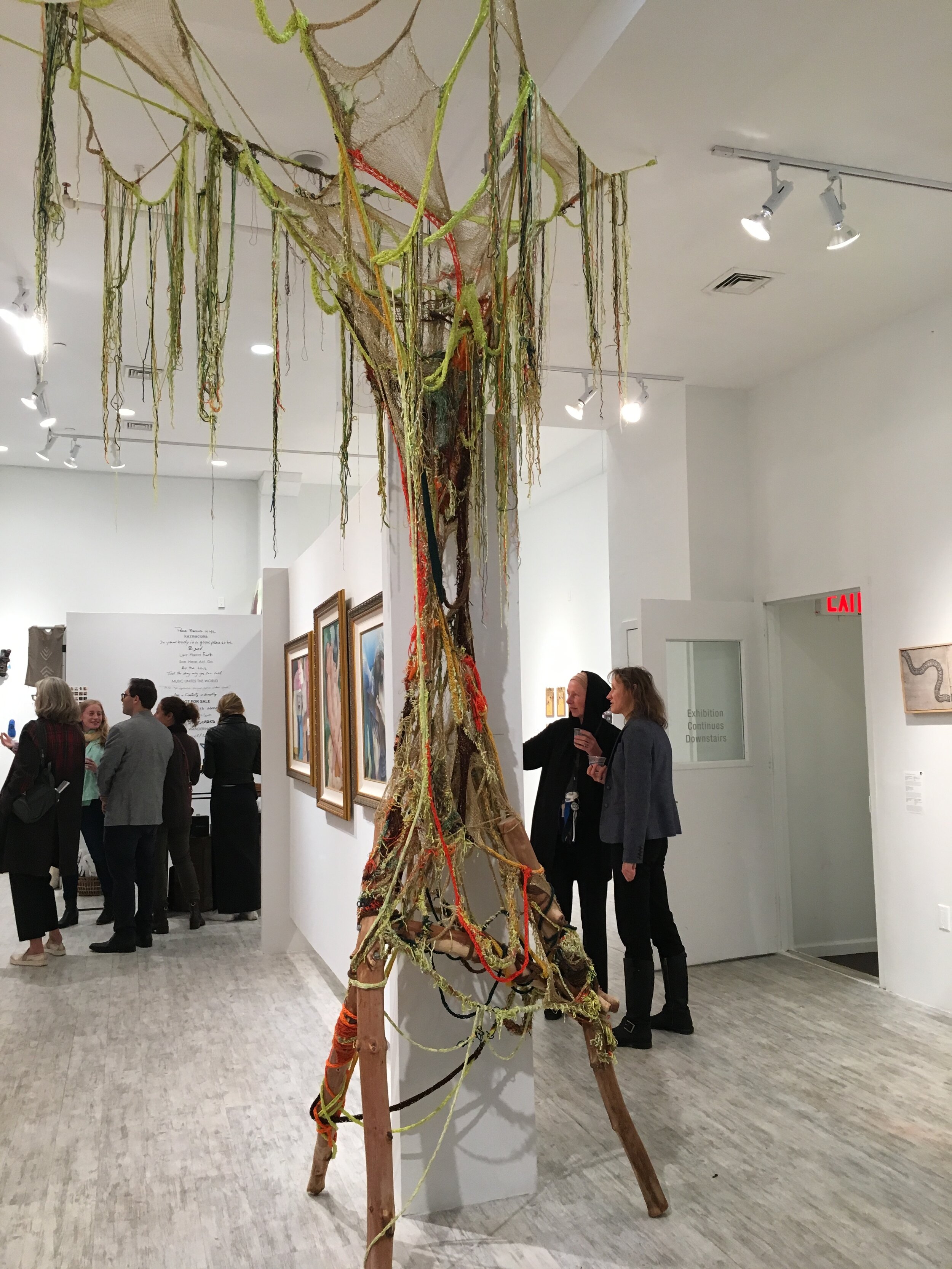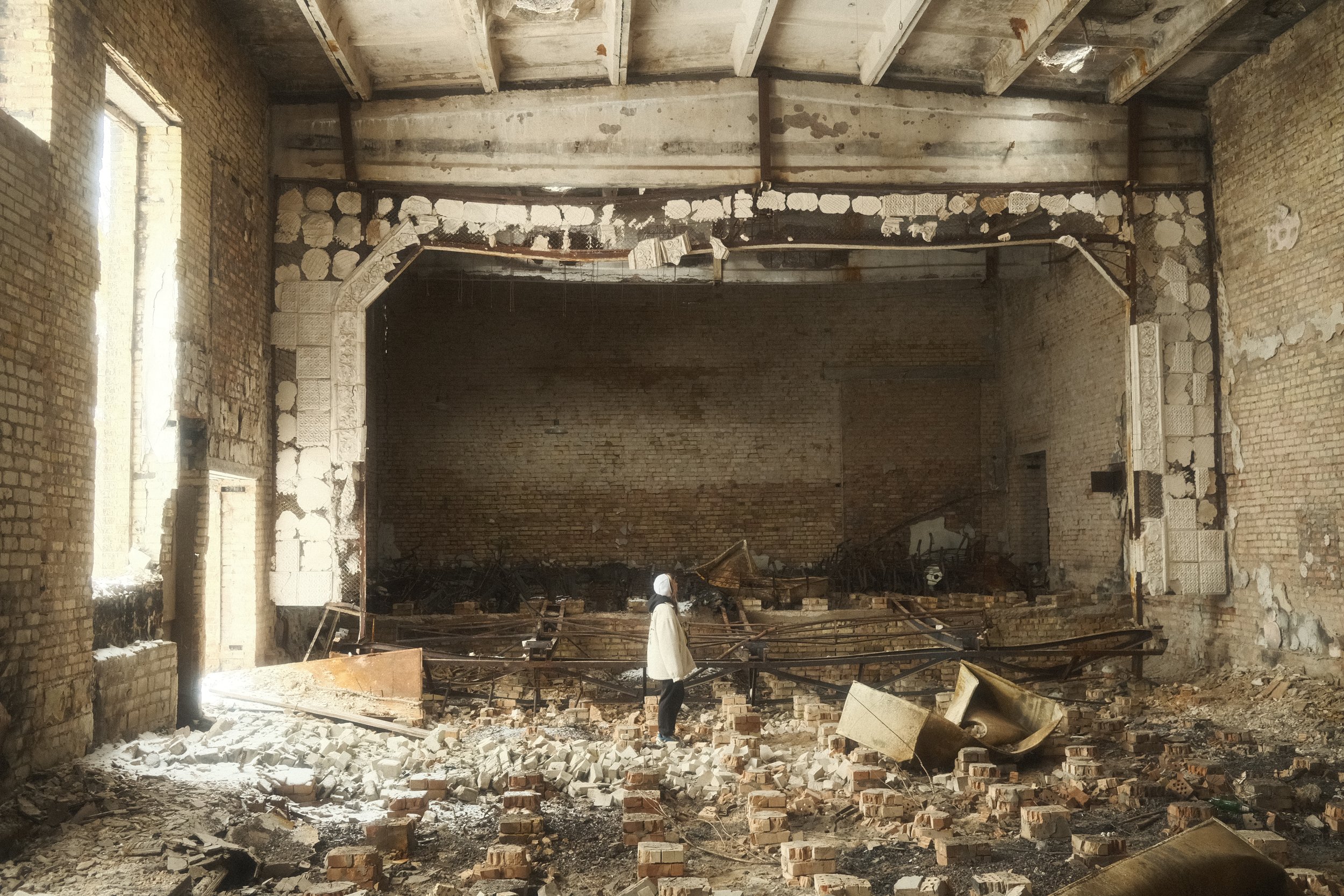The Art & Social Activism Festival Will Leave You Inspired!
If you are like me, you are always on the lookout for new inspiration, and that often comes from new art and artists! So, it was a complete gem to visit the Art & Social Activism Festival (at 32 Orchard Street NYC). Not only are there many talented artists, but all of them are socially aware! You must go see this festival before it closes this Sunday! To learn more, please read our exclusive interview with the director Nicholas Cohn below.
How long has the Art & Social Activism Festival been around?
I initially curated an exhibition titled “Art and Social Activism” in 2013 with support from the Chashama organization. The response was so positive that I had been brainstorming ways to return to the project on an annual basis.
What made you decide to start this festival?
The high cost of rent has forced many smaller galleries and retail stores to close, leaving talented artists, makers and designers with fewer opportunities to exhibit and sell their work.
Our festivals uplift professional artists, makers and designers by heightening their visibility and finding new ways to introduce their work to collectors, customers and the public.
How did you find your artists?
Our socially engaged festivals will be on view for four weeks, featuring exhibitions installed by a Curatorial Committee that selects artists via an “open call”, offering an engaging cultural and educational experience that will be significantly more rewarding to participating artists, makers and ethical businesses as well as visitors seeking socially conscientious art and ethical brands.
We love that you include fashion designers with your collection! Why did you feel this was important?
We believe that artists, makers, and the conscientious consumer are powerful agents for social change.
We are building a more equitable and inclusive creative economy, presenting collaborative platforms for participation that overcome financial barriers and advance social justice through dialogue and action.
We uplift artists, makers and designers who are making things happen by building their brand through social media, creating alternative spaces, and selling independently.
You have quite a few amazing artists, but a few really stood out for me. Can you please tell us about Angela Fraleigh’s paintings and why you selected them?
Angela Fraleigh’s work is about how meaning gets made, and questions how cultural narratives are applied, structured, then used to shape our experiences in the world. She weaves together realism and abstraction in lush and complex works, ranging from intimate portraits to monumental figure paintings that reimagine women’s roles in art history, literature, and contemporary media.
Since the mid-2000s, Fraleigh’s work has explored power dynamics related to gender, sexuality, and class through depictions of mythical and historical female figures. Baroque paintings, science fiction, fairytales, and the unwritten pages of history provide inspiration and ideas to explore.
We loved Molly Gochman’s photographs. Can you tell us a little bit about her work and its significance?
Red Sand Project is a participatory artwork created by Molly Gochman that uses sidewalk interventions and earthwork installations to create opportunities for people to question, connect with, and take action against the vulnerabilities that can lead to human trafficking and exploitation.
Globally, an estimated 40.3 million individuals live in slavery, whether in forced marriages, forced labor, or sexual exploitation. Gochman recognized that to begin finding a solution to such a widespread challenge, increased public awareness and engagement would be essential. She initiated the first Red Sand Project action in Miami, where she filled the cracks of sidewalks in and around the Art Basel Miami Beach pavilion with red sand. The approach was symbolic, with the grains of sand representing those individuals who fall through the cracks— both the cracks of our social, economic, and political systems, and those of our personal consciousness.
Woolpunk’s Walking Palm is really cool. Can you please tell us about that piece?
American artist Woolpunk was born in Summit, NJ in 1971. Woolpunk, inspired by an immigrant seamstress grandmother who sewed American flags for a living, machine knits fiber installations, quilts sculptures, and embroiders photographs. She has created a number of pieces repurposing plastics, reclaimed wood, and other eco-friendly materials. She has created large-scale, site-specific forms for a variety of institutions, including the Cathedral of St John the Divine in Manhattan; Hunterdon Museum in Clinton, New Jersey; Lion Brand Yarn Studio in Manhattan; and Casaterra Artist Residency in Puglia, Italy.
Rotem Reshef’s hurricane images are very powerful. Can you please tell the story behind those?
Rotem Reshef is a painter and installation artist, based in New York and Tel Aviv, Israel.
Her “ghostly” photogram-like compositions present the remains of natural and artificial objects that were part of the creation process and removed upon completion. Reshef’s contemporary fossils allude to ecological and climatic impacts on local flora and vegetation, but also suggest an introspection towards humans’ emotional and bodily reactions to color, texture, and the elusive representation of absence. In current times of political turmoil, much of which has a close relationship with environmental issues, Reshef’s paintings aim to encompass not only distress, but also eruptions of beauty, growth, and disappearance. She works from the tension between temporality and the eternity of the cycle of life.
Finally, Lisa Marie Ludwig’s buildings are very fascinating. Can you please tell us a bit about them and their significance?
Lisa Marie Ludwig incorporates found objects and discarded cardboard when she makes the faces of buildings. These cardboard relief facades are a documentation or record of buildings in her neighborhood of Williamsburg, Brooklyn. She wants to pay tribute to a time and place that is disappearing. The "Facade" project is a multimedia installation work that can also be individual views of buildings which have been demolished.
Many cities and towns are under construction. Gentrification is becoming the norm in urban communities. Ludwig wants to provoke conversations around saving neighborhoods and their diversity.
How long is your current show going on for?
We close this Sunday, October 20th at 7pm, but have a full week of programming, including a talk on “Art, Activism and Social Entrepreneurship” Thursday from 6:30-8:30pm and an “Activism Poetry” night on Saturday, and Mimosa Brunch to celebrate the festival participants Sunday from 1 to 5pm.
Where can we see it?
Art and Social Activism Festival, 32 Orchard Street, Ground Floor Gallery, organized by Nicholas Cohn Art Projects.
Do you know what the next event will be?
We will host a spring edition of the Art and Social Activism Festival with a focus on the intersection of Art & Health. An announcement will be made following the close of our Fall show so stay tuned!!
Please list any websites or social media you would like Jejune to promote:
www.artandsocialactivism.com
@artandsocialactivism.com
@ncartprojects






